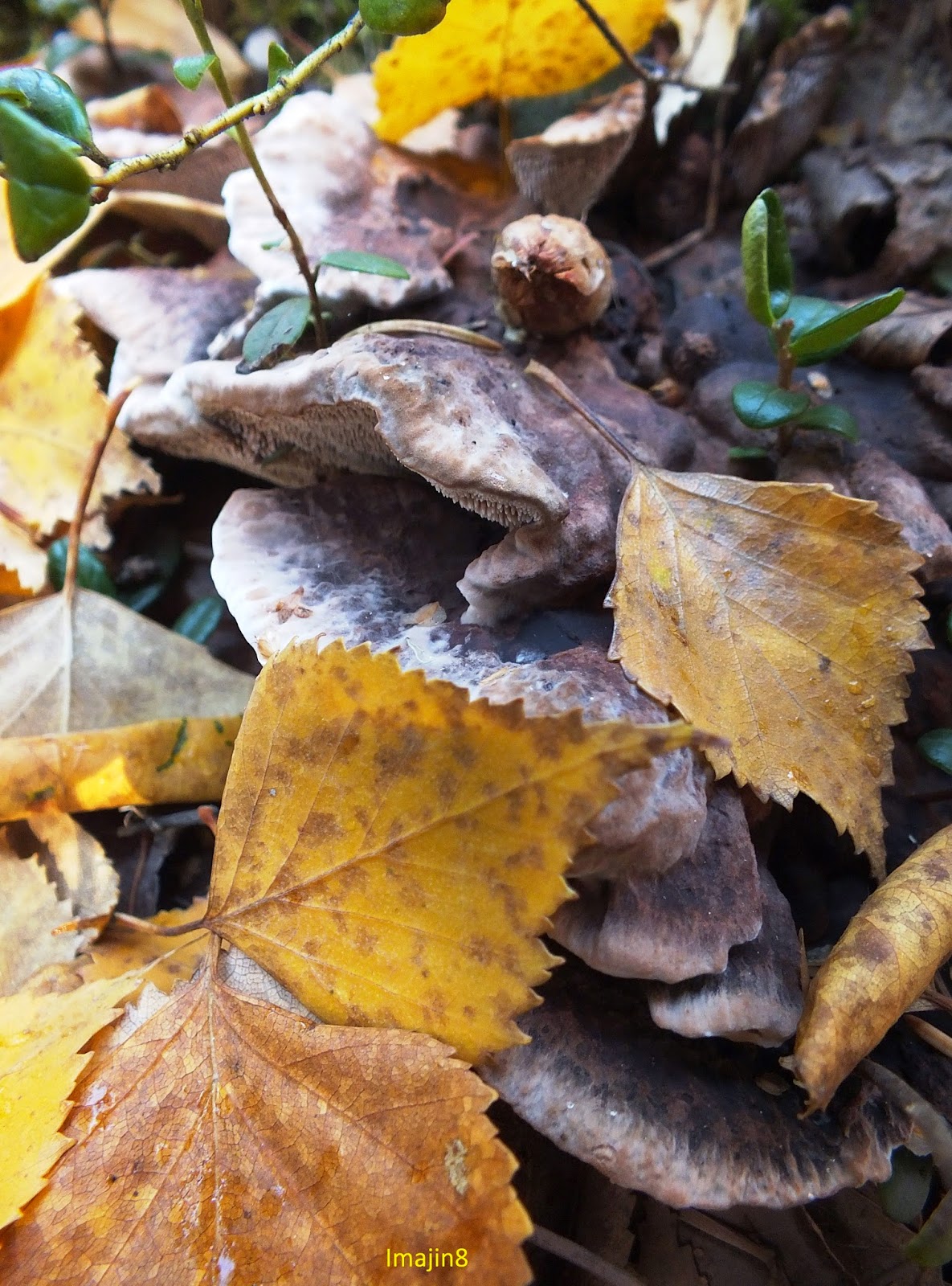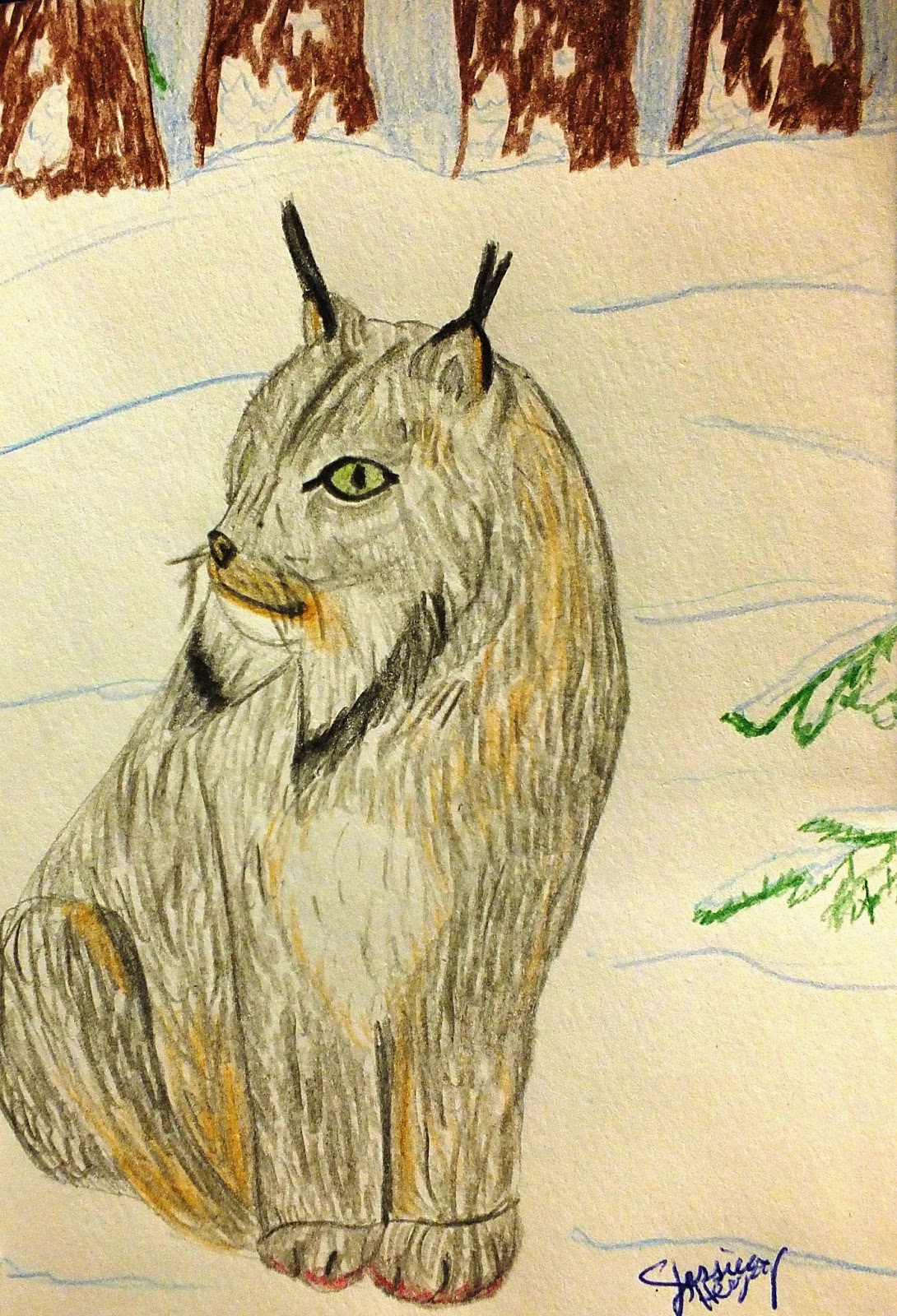This post is lengthy, but very important for everyone to be aware of. Maybe one resolution for 2015 could be learning about wildlife and ecosystems. They are the basis for enjoyment and opportunity. They affect us all regardless of age, location, or status. The North American Wildlife Conservation Model is the only one of its kind, helping sustain ecosystems and access to them. Unfortunately, people aren't aware of the model and its influence. Below you can read all about it!
Recognizing your personal role in
maintaining the North American Wildlife Conservation Model is the best way to
sustain ecosystems for society today and tomorrow. This model promotes varied
wildlife use for every individual. It demands the scientific management to
ensure ecosystem integrity. Furthermore, it enables powerful conservation
efforts. Each person should learn about the model and make decisions to support
it so the model remains effective.
Three key areas of impact could
arise if the North American Model disappeared. These include the disappearance
of the Public Trust Doctrine, suffering of ecosystem balance, and dismissal of
synergized conservation efforts. Our best link to wildlife is the North American
Model, but too few people realize its significance and the depth of these issues.
Diversity of wildlife use depends
on the Public Trust Doctrine. Under the doctrine, wildlife protection is entrusted
to the government, while the public owns the wildlife (Rocky Mountain Elk
Foundation). Everyone has the
opportunity and responsibility to develop systems of wildlife conservation and
use (Rocky Mountain Elk Foundation). One sad circumstance could result if this
doctrine disappeared along with the North American Model.
The first impact is now introduced,
implemented by certain organizations. They say animals can’t be owned because
they are akin to humans (The Wildlife Society, 2010). But if animals aren’t owned,
people no longer encounter and use wildlife to their enjoyment and benefit. Thus,
the right of many individuals has become the privilege of a select few
organizations
Another impact is the dismissal of
scientific management. Researchers with years of knowledge and experience (Rocky
Mountain Elk Foundation) use science so that wildlife “can be renewably and
sustainably managed” (The Wildlife Society, 2010) and protected. But the organizations
may try to manage wildlife without sound scientific principles. Possibly, they
believe science is invasive or expensive. Perhaps they are simply ignorant to
the success of scientific principles. Regardless, ecosystem health and wildlife
fall short of full potential. For example, carrying capacity is ignored,
leading to overpopulation, lack of food, disease, and ultimately the decimation
of a once sound ecosystem. Science prevents ecosystem afflictions, but can’t be
guaranteed without the model.
Lastly, the disappearance of the
North American Model equates a dwindling of conservation efforts. Hunting and
fishing are rights under the model and a large part of the conservation force. (Remember
that hunting is the regulated and respectful harvest of animals, while poaching
is criminal activity thriving on disrespect for the public and wildlife). In
2010, 749 million dollars from gun and ammunition taxes arrived at state
wildlife agencies (Piccione, 2012). This money improves habitat and helps game
wardens manage ecosystems. Furthermore, organizations like Rocky Mountain Elk
Foundation, Pheasants Forever, and Ducks Unlimited are overwhelmingly comprised
of hunters and exhibit impressive impact. Hunting is a massive move for
conservation, an activity that requires collaborative effort from all of us.
Without the North American Model,
people are unable to use their wildlife so they become unconcerned. Thus, they
leave conservation efforts up to organizations and disregard public force. But conservation depends on all of our ideas,
efforts, and funding. It is not a concept accomplished by one organization.
With such impactful problems
potentially occurring, we may ponder their causes. One reason is a lack of knowledge.
People don’t learn about their ecosystems and managing them with proven
biological principles. Furthermore, people possess no personal stance. They
don’t hunt or view themselves as “outdoorsy” so they never considered the
meaning of animals. These people won’t show wildlife significant support due to
indifference. Lastly, insufficient research exists pertaining to the
organizations people choose to support. People don’t know what the organization
truly believes, choosing to focus on the poster message and not read between
the lines. Unknowingly, they weaken the model through their organizational
support. These are the main causes of the disappearance of the North American Model.
Despite the numerous issues we and
our ecosystems could face, we can take steps to maintain what is rightfully
ours. Decide why you care about wildlife and your uses for wildlife. Know what
the model is and why the doctrine, science, and hunting make it work. Devote
time to researching your local ecosystems. All of this knowledge clarifies the
model so you can make educated choices. We must use this knowledge to take
action when the time arises.
Tomorrow, an organization might
come to your door. For example, PETA proclaims the National Audubon Society
regards animals as “resources to be harvested or pests to be eliminated”
(PETA). Yet upon visiting the Audubon website, you find that Audubon is
partnering with landowners to ensure farm land works for birds, people, and
communities (The National Audubon Society). You must decide which organization
deserves your support based on your knowledge, research, and stance. This is
crucial due to the amount of control organizations potentially have.
Organizations attempt to promote
their agendas through messages, projects, and even laws. New laws control wildlife
use and management; either enhancing or deteriorating the model. The model
links you to wildlife, so know your stance and vote accordingly. Imagine if you
can’t try fishing because you don’t own the wildlife. Or you visit a national
park and don’t see nearly as many animals as you anticipated because the
ecosystem wasn’t scientifically managed. These are unfortunate consequences
prevented by proper organization support and environmental voting decisions.
Problems affecting both people and
wildlife occur if the North American Wildlife Conservation Model disappears.
These happen because of a loss of ecosystem knowledge, personal stance, and
organization research. But you can devote time to learning and use your
knowledge to support organizations and vote for laws that keep the North American
Model alive. The model facilitates experience, use, and enjoyment wildlife for
every generation. “The model is second to none and the most democratic and
sustainable system the world has ever seen” (Rocky Mountain Elk Foundation). Do
your part to keep the model alive so society and wildlife benefit in the best
ways possible today and tomorrow.
by Jessica Herzog
 |
| A moose in Denali National Park |
References
The National Audubon Society. Putting working lands to work
for birds & people. Retrieved from http://conservation.audubon.org/putting-working-lands-work-birds-people-2
PETA. Are there
wildlife organizations that I should be concerned about supporting? [FAQ page]
Retrieved from http://www.peta.org/about-peta/faq/are-there-wildlife-organizations-that-i-should-be-concerned-about-supporting/#ixzz3KCOdVjsi
Piccione, M.
(2012, February 1). How hunting helps wildlife. Retrieved from http://dailycaller.com/2012/02/01/how-hunting-helps-wildlife/
Rocky
Mountain Elk Foundation. The north American wildlife conservation model.
Retrieved from http://www.rmef.org/Conservation/HuntingIsConservation/NorthAmericanWildlifeConservationModel.aspx
The
Wildlife Society. (2010, September). The public trust doctrine: Implications
for wildlife management and conservation in the united states and Canada.
Retrieved from http://www.fw.msu.edu/documents/ptd_10-1.pdf





















































